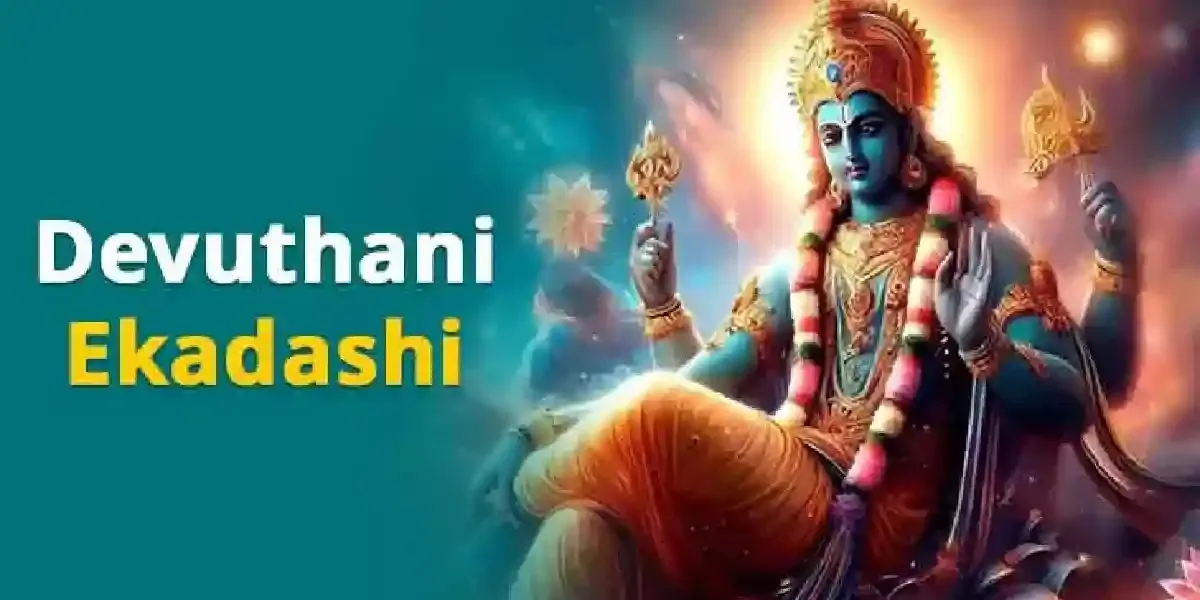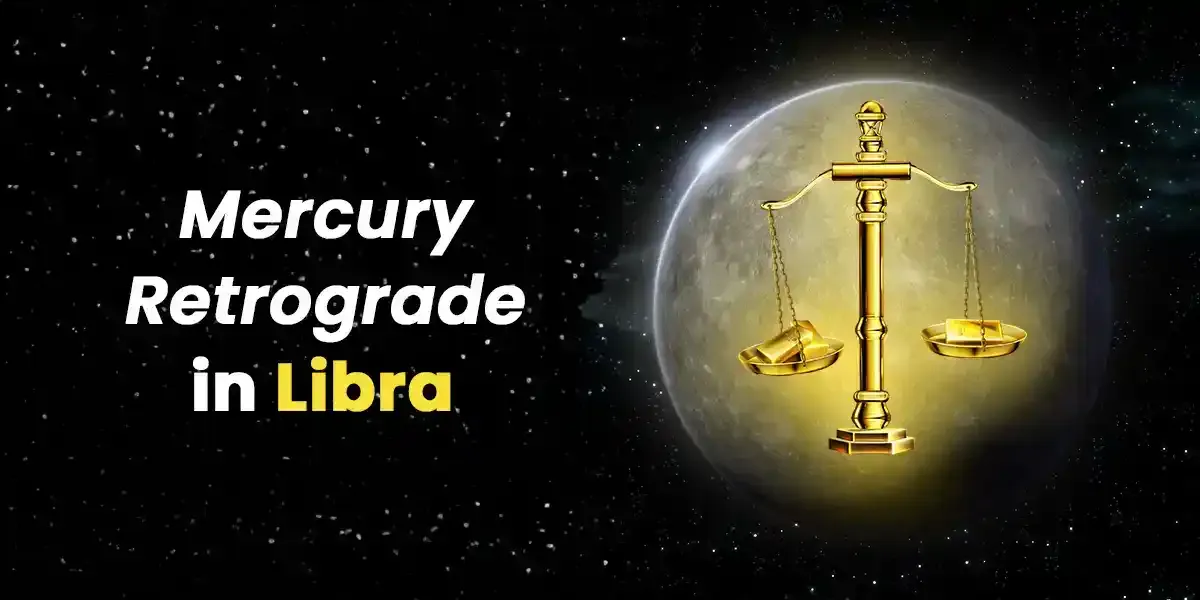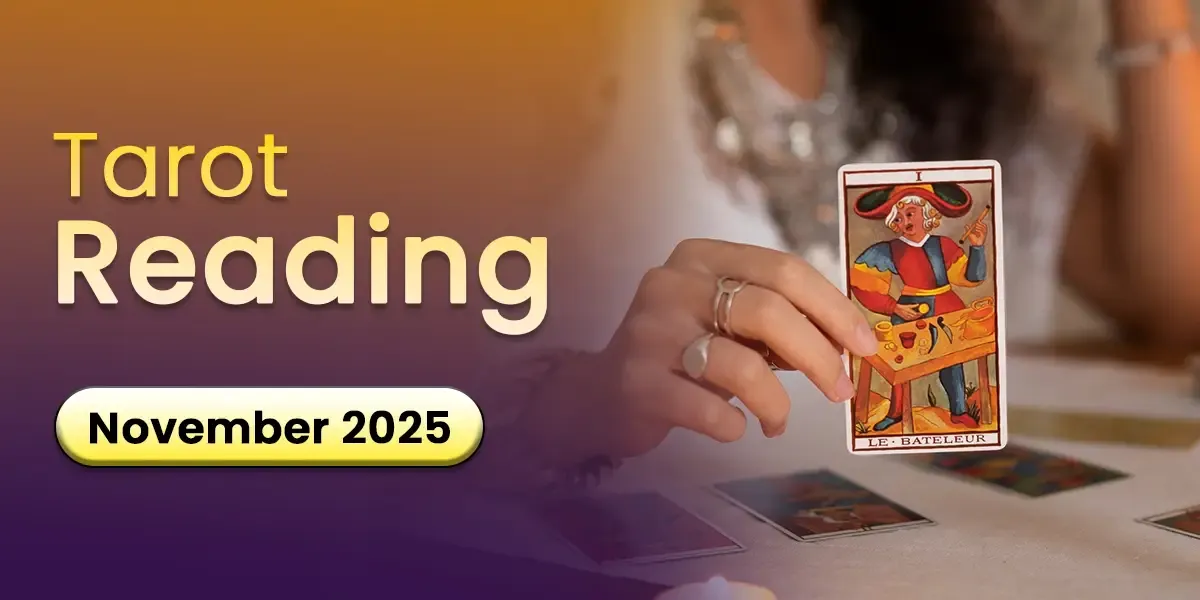
The auspicious occasion of Devuthani Ekadashi, also known as Prabodhini Ekadashi or Dev Uthani Ekadashi, holds immense significance in Hindu culture. Celebrated with devotion to Lord Vishnu, this festival marks the end of his divine four-month slumber and the beginning of the auspicious season for weddings and sacred ceremonies.
When is Devuthani Ekadashi Celebrated?
According to the Hindu calendar, Devuthani Ekadashi is observed in the month of Kartik on the 11th lunar day (Ekadashi) during the Shukla Paksha, which is the waxing phase of the moon. Typically, this falls between October and November in the Gregorian calendar. During 2024, the festival will be celebrated with devotion as devotees honor Lord Vishnu's awakening and the start of favorable occasions.
The Legend Behind Devuthani Ekadashi
In Hindu mythology, Devuthani Ekadashi symbolizes the day Lord Vishnu, who rested for four months, finally awakens. The story narrates that Lord Vishnu remained awake for countless years, focused on eradicating evil. His intense commitment took a toll on his sleep, leading him to fall into a deep rest for four months every year, known as Dev Shayani Ekadashi, around June-July (Ashadha month). His awakening on Devutthana Ekadashi (Kartik month) is celebrated as the start of the holy season, ideal for weddings and sacred rituals.
During these four months, weddings, engagements, and other auspicious ceremonies are generally avoided, as it is believed that the divine energy of Lord Vishnu is at rest. Devuthani Ekadashi, therefore, heralds a period of new beginnings and blessings.
Significance of Devuthani Ekadashi
Devuthani Ekadashi is revered for its cultural and spiritual importance:
End of Chaturmas: The four-month period when Lord Vishnu rests, known as Chaturmas, ends on this day, marking the start of favorable times for weddings and other religious events.
Renewal of Rituals: People believe that worshiping Lord Vishnu on this day brings prosperity and well-being, as it is said he resides in the homes of his devotees.
Tulsi Vivah: A unique tradition observed on Devuthani Ekadashi is the marriage ceremony of the Tulsi (Holy Basil) plant, symbolizing Goddess Vrinda, to the Shaligram, an incarnation of Lord Vishnu. This ritual signifies the union of spiritual energies and is considered highly auspicious for household harmony and happiness.
Devuthani Ekadashi Puja Vidhi
Observing the Devuthani Ekadashi fast and following the rituals is believed to cleanse past sins and grant divine blessings.
Morning Rituals: Devotees wake early, bathe, and wear fresh clothes. A small drawing of Lord Vishnu's feet is often made in the courtyard, signifying his presence.
Altar Preparation: A sacred drawing of Lord Vishnu is made on a mortar (Okhli) and filled with sugarcane, seasonal fruits, and water chestnut. This symbolizes the arrival of prosperity and the beginning of the sugarcane harvest.
Lighting of Diyas: Devotees light earthen lamps around their homes and in temples, enhancing the divine ambiance and welcoming Lord Vishnu's blessings.
Waking the Deity: In the evening, devotees gather to wake Lord Vishnu with bells, conch sounds, and the chant:
“Utho Deva, Batho Deva, Aanguria Chatkao Deva, Nayi Soot, Nayi Kapas, Deva Uthaye Kartik Masa.”Tulsi Vivah Ceremony: The Tulsi Vivah, or the ceremonial marriage of the Tulsi plant to Lord Vishnu (represented by a Shaligram stone), is conducted, symbolizing devotion, purity, and spiritual unity.
Regions Celebrating Devuthani Ekadashi
Devuthani Ekadashi is especially celebrated in North Indian states like Uttar Pradesh, Chhattisgarh, Rajasthan, Madhya Pradesh, Bihar, and Jharkhand, and also in parts of Maharashtra and southern states. In each region, unique rituals reflect cultural diversity while honoring the common goal of awakening Lord Vishnu.
Key Dates and Muhurat
For devotees looking to observe Devuthani Ekadashi rituals in 2024, it is essential to know the exact muhurat and timing, as these details vary each year based on lunar calculations.
Devuthani Ekadashi Date: 12th November 2024, Tuesday
Parana (fast-breaking) Time: On 13th November, Parana Time - 06:42 AM to 08:51 AM (Morning hours of the following day, calculated specifically for each year. )
Ekadashi date begins- 6:46 PM on 11 November 2024
Ekadashi date ends - 4:04 PM on 12 November 2024
Why Devuthani Ekadashi is Important for Marriages
As Lord Vishnu awakens, Devuthani Ekadashi opens the path to perform weddings and sacred ceremonies. Hindu customs hold the belief that the period between Dev Shayani Ekadashi and Devuthani Ekadashi is unfavorable for marriages. With Lord Vishnu's awakening, this restriction is lifted, making it a popular time for marriage ceremonies to commence, adding joy and vibrancy to the festival season.
Final Thoughts on Devuthani Ekadashi
Devuthani Ekadashi serves as a time for devotees to reflect on their spiritual connection with Lord Vishnu, seek his blessings, and restart the cycle of auspicious events. The rituals, from fasting to the lighting of diyas, and especially the Tulsi Vivah, foster a sense of renewal and hope. This sacred day unites communities in celebration, invoking prosperity, harmony, and divine grace into the lives of all who participate.
Celebrate Devuthani Ekadashi with reverence and devotion, and may Lord Vishnu’s blessings fill your life with peace and happiness!
Consult our expert astrologers online to learn more about Pooja methodologies and rituals.
Talk to Astrologers
View AllOur in-house team of writers comprises of vibrant, like-minded, and curious souls who are passionate about helping people find joy and motivation through the magic of words. Our writers are keen on using their skills to make the study of divination sciences a guiding tool in people's lives. They hold expertise in writing on a myriad of topics related to Indian Astrology, Spirituality, Planetary Movements, Vastu Shastra, Numerology, and Tarot among several others. The Astroyogi team aims to write articles that can help the readers lead a life of peace and tranquility whilst enjoying the many ups and downs of life!












































